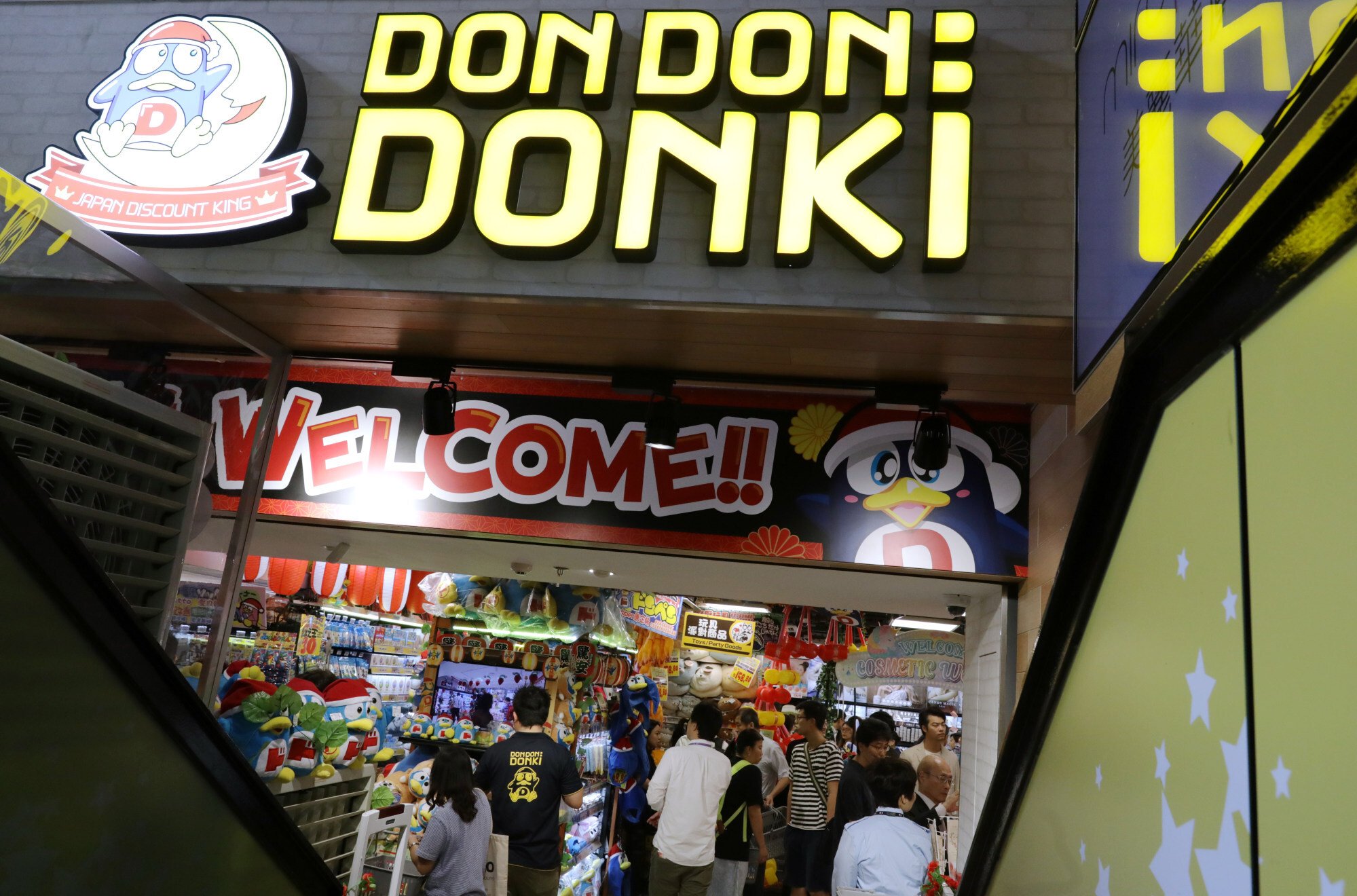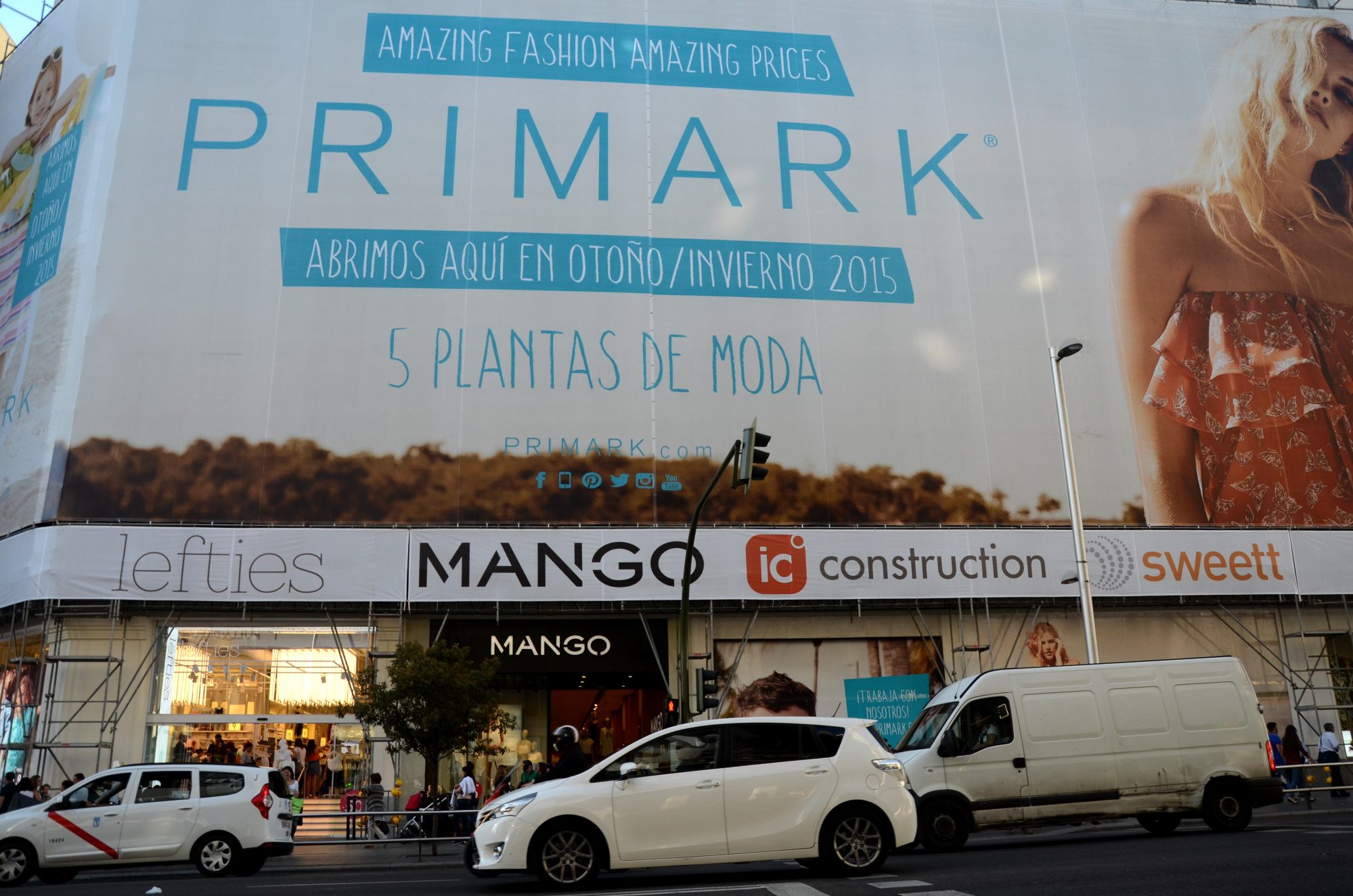
If 2021 kills fast fashion, Hong Kong’s garment industry could come back to life
- Once a major employer and trade component of Hong Kong’s economy, the remains of the rag trade is still deeply rooted in Kowloon
- Imported fast fashion is fast becoming old fashioned, opening up opportunities for Hong Kong to re-establish itself as Asia’s fashion hub
LEMMINGS IN CENTRAL
Walking through Central last week I noticed something that made me sigh. Fresh in the wake of the closure of The Gap and the fire sale that followed “Coming this Summer”, American Eagle with its range of much the same casual wear as The Gap will be opening in exactly the same spot on Queen’s Road. Why?
Top Shop recently threw in the towel after eight years. H&M and Abercrombie & Fitch, which have used topless male models in advertising campaigns, have all been crushed by the rents. Zara remains in its trophy store, having previously sent H&M retreating to a side-street after a bidding war with the landlord. One would have thought the appeal of funding a new store such as American Eagle has long since passed.

THE TIMES THEY ARE A-CHANGIN’
I don’t often admit this in public, but I had a brush with fast fashion at the peak of its hype without understanding the concept of ‘ten wears’ versus ‘ten years’ useful life. Although the arm did not fall off my trendy new Zara suit after the first trip to the dry cleaner as I thought it might – it was stitched on rather than glued, which the Japanese did to try to cut production costs in the 1990s – the outfit was unwearable after about a month and became pinstriped floor cloths. I learned my lesson and humbly went back to my tailor Haresh for a new suit, faithfully copied from one he made me ten years earlier that was still in good order. Sorry, Haresh.
Guilt-free flights from Hong Kong to Da Nang may soon be possible

BIG BUSINESS
At full throttle, the fast fashion industry accounted for a reported 3 per cent of global GDP, or around US$2.5 trillion. The lockdowns during the pandemic have had several impacts on the garment industry overall: we don’t buy new clothes, and when we’re working at home, we tend to slob. This has led to the “Zoom suit” which means you only must look professional from the waist up on your video call – I’ve worn one on occasions.
In countries where the lockdown has been harsh, the impact on retail has been severe. The usual outlets that offer browsing and casual shopping have been firmly closed and rummaging online is just not the same. When we do get chances to socialise, we are seeing far fewer people at once, so the fashion conscious feel less pressure to wear something new on every date.
The daily wear and tear factor on clothing has also been reduced, with less travel on public transport where your togs are quickly damaged and rapidly get grubby. I for one have not had to visit a dry cleaner in a year.

RETAIL FIX
With the easing of lockdowns, the press has been quick to report a surge of shoppers at stores such as Primark, Zara and TK Maxx. I have a feeling this footfall will be temporary, like the surge to get a haircut, go to the gym or the pub – everyone needs a retail fix.
There is also a risk that the returning wave of consumers will be quickly exhausted, with a portion of potential shoppers having been scarred by lockdowns and opting to preserve savings now rather than repeatedly going out to buy cheap clothes. And when buying, perhaps they will look for something that lasts more than ten wears, even if it means paying up. With higher prices being paid comes lower sales volumes and an expectation of better value for money, specifically better quality.
This all sounds very gloomy for apparel, and presumably garment manufacturing in Asia, but could this mean something positive for Hong Kong? It might.
A GOOD REPUTATION
Although Hong Kong has witnessed the decline of most of its manufacturing industries over the past 40 years, the garment industry is one of the most important segments of what is left. International firms trust the quality and appreciate the short lead times in manufacturing due to the tightness of the local supply chain for clients that source product on an OEM or ODM basis. Theoretically, this could position Hong Kong advantageously if consumers move upmarket, and may even bolster the industry, with over half its exports historically going to where the pandemic had its biggest impact on consumers: the UK and the US.
Although finance and property define the economy today, between the early 1950s and late 1970s Hong Kong was a major exporter of textiles and a significant part of the population were employed in the garment industry. Its heyday passed in the early 1980s as China’s factories hollowed out the industry. However, Hong Kong remains a major hub for clothing sourcing to this day, where the demand is driven by a strong history of fabrics procurement, sales and marketing, logistics, international design and the ease of doing business.
Hong Kong remains a major hub for clothing sourcing to this day
As of December, 2018 there were over 14,500 companies in the garment industry in Hong Kong employing 80,718 people, mostly in sourcing and associated import-export trade – almost as many as work in the Port of Hong Kong itself. A strategic change in the way fast-fashion serves consumers could see a positive impact here, particularly in and around Sham Shui Po where the garment industry is located.
Many designer labels continue to look to Hong Kong to source high quality product including Calvin Klein, Donna Karen, Ralph Lauren, Tommy Hilfiger and Yves Saint Laurent. And local labels such as Baleno, Bossini, Crocodile, Episode, G-2000, Giordano and Jeanswest are still around but have suffered. Perhaps a decline of the fast fashion mammoths on Queen’s Road could reopen doors for them soon and with the competition from successful online retailer YOOX Net-a-Porter specialising in offloading surplus high quality branded goods at bargain prices, perhaps the high end stores’ presence will diminish also.

In the meantime, I’ll be pulling my 16-year-old vintage Bossini Hawaiian shirt out again this summer, it still looks good. And I am guessing my already sagging Gap jeans will be on their last legs by the time American Eagle are done. You never know, its fire sale may be the last time cheap branded jeans can be had around here.
Neil Newman is a thematic portfolio strategist focused on pan-Asian equity markets

